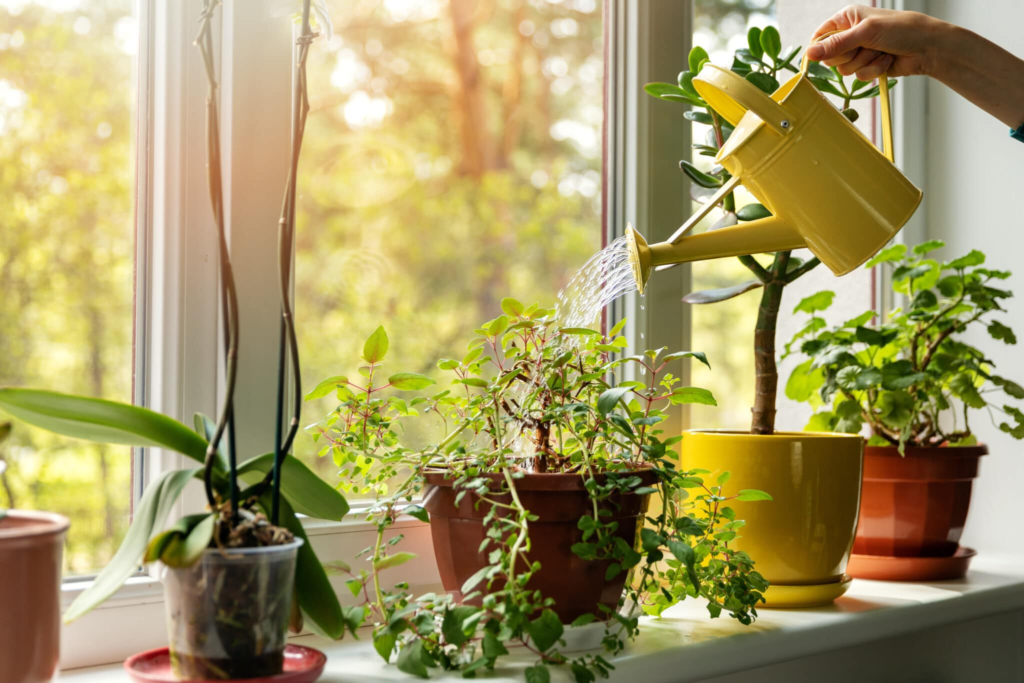Welcome to the world of Pamacrystial plants! This detailed guide will walk you through everything you need to know to nurture and flourish these unique botanicals. Whether you’re a seasoned gardener or a beginner looking to green up your space, understanding the essentials of Pamacrystial plant care will ensure your green friends thrive.
Introduction to Pamacrystial Plant Care
Pamacrystial plants are a fascinating addition to any plant collection, known for their vibrant foliage and unique growing needs. Originating from diverse climates, these plants require specific attention to truly thrive in home environments. In this guide, we’ll cover the basics and more advanced aspects of Pamacrystial plant care, ensuring you have all the knowledge needed to cultivate these plants successfully.
What Is the Pamacrystial Plant?
Before diving into the specifics of care, it’s essential to understand what Pamacrystial plants are. These plants belong to a group characterized by their resilient nature and striking appearance. They can vary widely in size, color, and form, making them highly prized for both indoor and outdoor gardening.
Why People Love Pamacrystial Plant for Your Home Gardenedging ?

Effortless Maintenance
Pamacrystial plants are renowned for their low-maintenance needs, making them ideal for those with busy lifestyles or beginners in gardening. Their ability to thrive with minimal care ensures they remain lush with little effort.
Aesthetic Appeal
With their vibrant colors and intriguing shapes, Pamacrystial plants add a unique touch of beauty to any indoor space. They serve not just as plants, but as natural art, enhancing the decor of your home.
Main Features of the Pamacrystial
Pamacrystial plants typically feature thick, lush leaves that can range in color from deep green to richly variegated patterns of yellow, red, or even purple. Their robust structure allows them to adapt to various environments, though they thrive best under specific conditions.
Basic Pamacrystial Plant Care Essentials Needs
Caring for Pamacrystial plants starts with understanding their fundamental needs, which include the right container, optimal lighting, precise watering, suitable soil, and appropriate fertilization.
Choosing the Right Containers
The first step in Pamacrystial plant care is selecting the appropriate container. These plants do well in pots that offer sufficient drainage and space to accommodate their root systems. Opt for containers with drainage holes and consider the size of the plant when choosing the pot—allow room for growth to avoid frequent repotting.
Light Requirements: Indoor vs. Outdoor Settings
Pamacrystial plants are versatile in their light needs but do have preferences based on their native habitats. For indoor settings, place them where they’ll receive bright, indirect light. If grown outdoors, partial shade often yields the best results, as direct sunlight can scorch their leaves.
Watering Techniques
Watering is crucial in Pamacrystial care. These plants prefer a balance—moist but not waterlogged soil. The best practice is to water deeply when the top inch of soil feels dry to the touch. Limit watering in the winter months, as the plant’s growth rate naturally decreases during this period.
The Best Soil Mix for Pamacrystial

A well-draining soil mix is vital. Mixes designed for cacti and succulents can work well, providing the fast drainage Pamacrystial plants require. You can also create your own mix using regular potting soil with added perlite or sand to increase aeration and drainage.
Fertilizing
Feed your Pamacrystial plants with a balanced, water-soluble fertilizer during the growing season (spring through summer). A monthly application is generally sufficient. Avoid fertilizing in the dormant winter months to prevent stressing the plant.
Pest Management in Pamacrystial Plant Care
Pamacrystial plants can attract pests like spider mites, aphids, and mealybugs. Regular inspections and keeping the foliage clean can prevent infestations. If you notice pests, apply a suitable insecticidal soap or neem oil to effectively treat the plant.
Advanced Pamacrystial Care
Pruning and Repotting
Pruning helps maintain a desirable shape and remove dead or unhealthy foliage, which encourages new growth. Repotting should be done every few years or when the plant outgrows its pot, typically in the spring.
Addressing Yellowing Leaves and Other Issues
Yellowing leaves may signal issues such as excess watering, inadequate drainage, or a lack of essential nutrients. Assess your plant’s environment and care routine to address any issues. Be vigilant about signs of stress or disease and adjust care practices accordingly.
Conclusion
Pamacrystial plants offer a unique beauty and rewarding gardening experience with the right care. By understanding their specific needs and maintaining vigilant care practices, you can ensure these striking plants remain a vibrant part of your plant collection for years to come. Happy gardening!
FAQs on Pamacrystial Plant Care
How often should I water my Pamacrystial plant?
Water your Pamacrystial plant when the top inch of soil feels dry. Ensure thorough watering until water flows from the drainage holes, but allow the soil to dry between waterings to prevent root rot.
What type of light is best for Pamacrystial plants?
Pamacrystial plants prefer bright, indirect light indoors. If placed outdoors, they thrive in partial shade to avoid the harsh direct sunlight that can damage their leaves.
What kind of pot should I use?
Use a pot with good drainage and enough space to accommodate growth. Pots with drainage holes are ideal as they prevent excess water from sitting at the bottom and causing root issues.
How can I tell if I’m giving my plant too much water?
Signs of overwatering include yellowing leaves, a musty smell, and a consistently soggy soil base. If you notice these signs, reduce your watering frequency and check if the pot’s drainage is adequate.
What soil is best for Pamacrystial plants?
A well-draining soil mix, such as those used for cacti and succulents, works well. You can enhance regular potting soil with perlite or sand to improve drainage.
Should I fertilize my Pamacrystial plant?
Yes, during the growing season (spring to summer), fertilize your plant monthly with a balanced, water-soluble fertilizer. Avoid fertilizing in winter when the plant’s growth slows down.
How do I deal with pests on my Pamacrystial plant?
Regularly inspect and keep the plant clean to spot any early signs of pests. Address infestations promptly by using insecticidal soap or neem oil to stop them from spreading.


